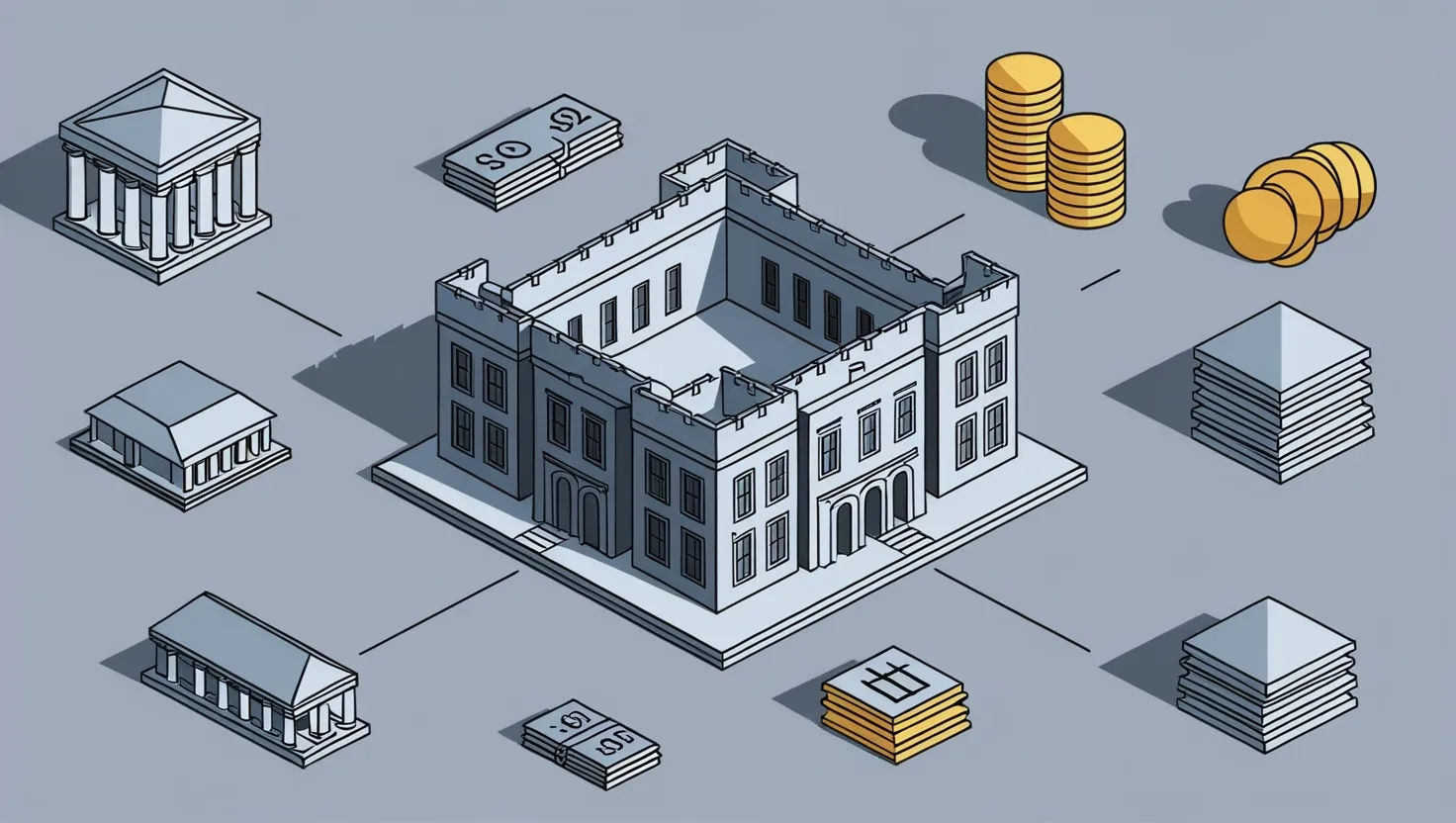In the bustling world of finance, there’s this intriguing metaphor known as “Mr. Market,” conceived by Benjamin Graham. This imaginary character paints a vivid picture of the stock market’s inherent unpredictability, offering a lens through which investors can understand the market’s emotional fluctuations. Let’s explore the essence of Mr. Market, his yo-yo behaviors, and how these antics might just be your golden ticket in the investment landscape.
Imagine you run a thriving enterprise, and each day, like clockwork, Mr. Market strides up with an offer to buy it. On some days, he’s cheerful as a kid in a candy store, waving a high price at you. Other days, he’s down in the dumps, offering a pittance. Yet, here’s the catch—the real worth of your business doesn’t budge an inch. This scenario is a perfect mirror of stock market tendencies, with Mr. Market embodying all investors’ collective emotions.
Picture a rollercoaster: exhilarating climbs and stomach-churning drops. That pretty much sums up Mr. Market’s routine, where emotions rather than reason call the shots. We’re talking fear and greed as the main triggers. When optimism reigns, prices soar through the roof, and during bouts of pessimism, they nosedive. But herein lies the magic for shrewd investors—those who can tune out the emotional static and zero in on cold, hard facts.
Now, why does Mr. Market zigzag like this? It boils down to human psychology. By nature, humans dread the thought of being outsiders in a group, leading to a herd mentality that permeates the stock market. Investors often find validation in buying stocks that are climbing, only to repeat this cycle, igniting a feedback loop that sends market movements spiraling.
The secret sauce of investing lies in identifying and exploiting Mr. Market’s irrational episodes. When exuberance grips him, and prices inflate, it might be the perfect moment to cash in. Conversely, when gloom takes over, dragging prices down, it might be time to snag some bargains. Of course, decisions need to be grounded in a personal assessment of a business’s true worth, keeping Mr. Market’s mood swings from being the sole barometer.
Let’s say you hold shares in a solid company with robust financials. Now picture Mr. Market having a meltdown over some negative headline, slashing the stock’s price. If your analysis indicates the company’s intrinsic value holds steady, you might have just stumbled upon an opportunity to beef up your holdings at a reduced price.
Resisting Mr. Market’s siren call boils down to keeping a level head. This means anchoring your choices in business fundamentals instead of succumbing to the market’s capricious swings. Clear investment goals rooted in logic should be your North Star, with Mr. Market merely a backdrop to your strategy.
Think of the market as operating like two machines: a voting machine in the short haul and a weighing machine over the long run. Initially, it’s about popularity and sentiment; eventually, it’s about weighing the true worth of businesses. Embracing this long-term view enables investors to sidestep Mr. Market’s daily dramatics.
The common traps investors stumble into? Trying to time their moves or sheepishly trailing the herd. Such tactics often lead to sleepless nights and financial blunders. Instead, constructing a diversified portfolio and rebalancing it periodically serves as a grounding wire against the pitfalls of emotive investing.
Suppose the headlines are hysterical with excitement, driving prices skywards. The temptation to dive in headfirst is strong. However, if those soaring prices aren’t backed by solid groundwork, you’re staring at a bubble on the brink of bursting. By clinging to a long-term strategy, one can resist the glittering allure and avert prospective losses.
Mr. Market’s teachings aren’t confined to stocks; they stretch across markets influenced by investor sentiment, from bonds to real estate and even cryptocurrencies. The trick is spotting substantial gaps between market prices and intrinsic values. For instance, a real estate market dip might signal a buying opportunity if prices lurk below historical averages due to prevailing pessimism.
Harnessing Mr. Market’s volatility mandates personal discipline and patience. It’s about perceiving his intense mood shifts as doorways of opportunity rather than formidable challenges. When encountering deals that seem exceedingly rosy or bleak, it’s time to act—rooted in rigorous personal evaluation rather than impulsiveness.
Picture watching a stock for ages with the price perpetually out of reach. Then, one afternoon, Mr. Market freaks out, and the price plummets. If the company’s fundamentals remain intact, it could be your window of opportunity. But seizing this chance requires the discipline to await such moments, not leaping at every chance Mr. Market flings your way.
At its core, Mr. Market serves as a potent metaphor underscoring the need for investor rationality amid market emotionality. By shrewdly interpreting Mr. Market’s eccentricities, smarter invesment choices are within reach. Remember, Mr. Market exists to serve you, not dictate your moves. Keep your focus laser-sharp on the essentials, maintain emotional poise, and be patient. These guiding lights can navigate the tumultuous sea of stock market ventures, steering you towards long-term triumph.
Ultimately, it’s about tilting the odds in your favor, armed with an understanding of Mr. Market’s whims and the patience to hold out for that irresistible deal. The next time Mr. Market knocks with a proposal, take a pause, sift through the evidence, and trust your judgment rather than his emotionally charged state. Master this, and Mr. Market’s erratic mood swings could become your secret weapon in the investing domain.






